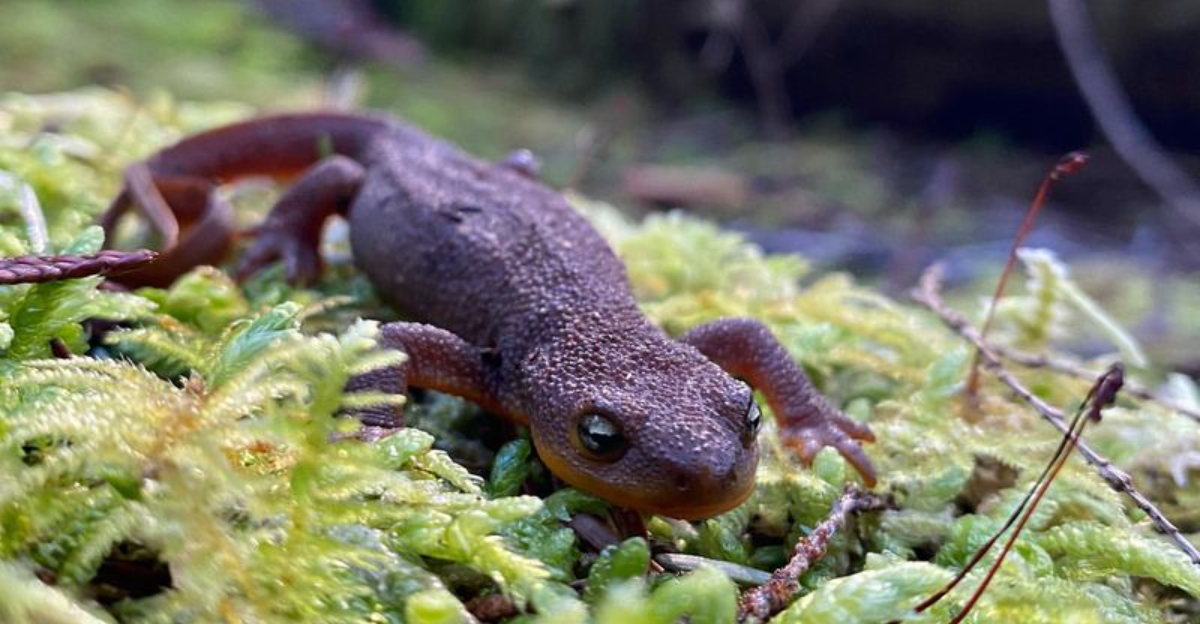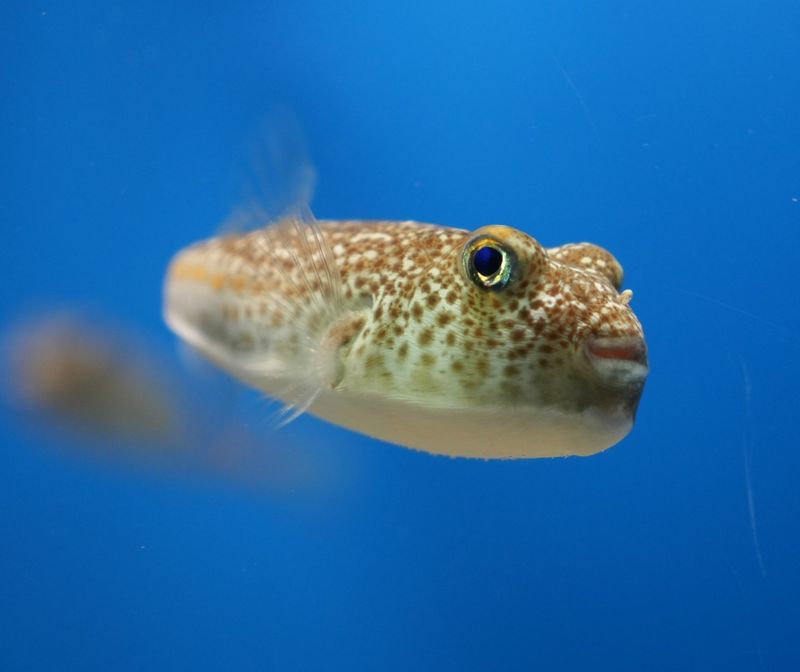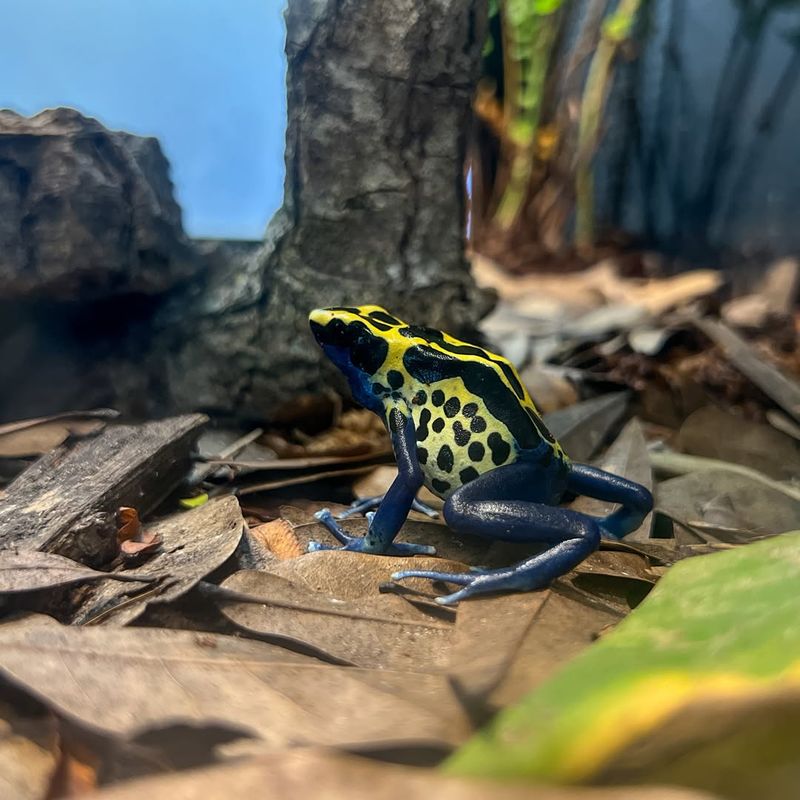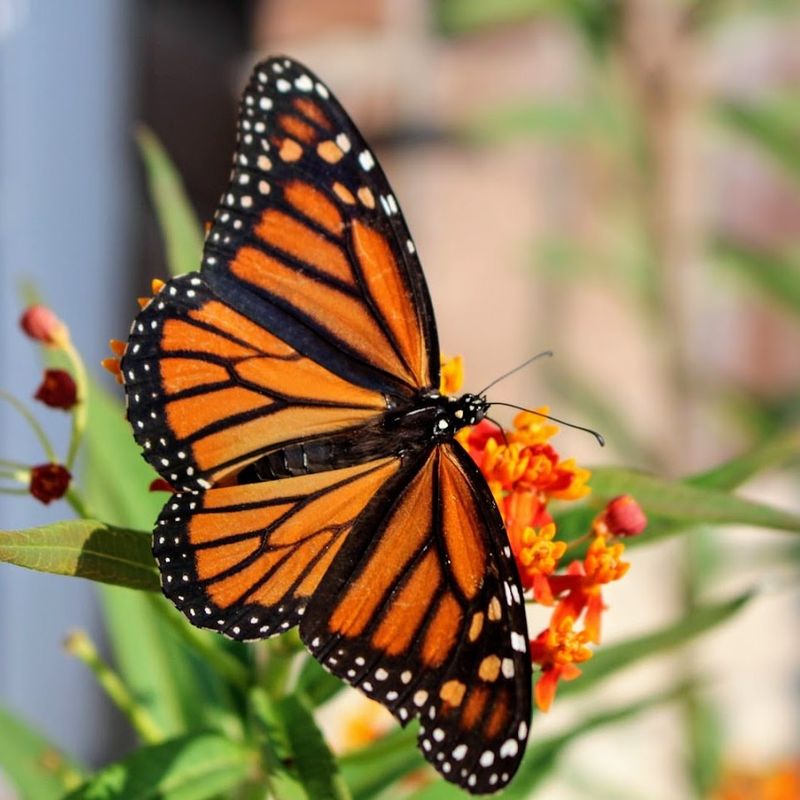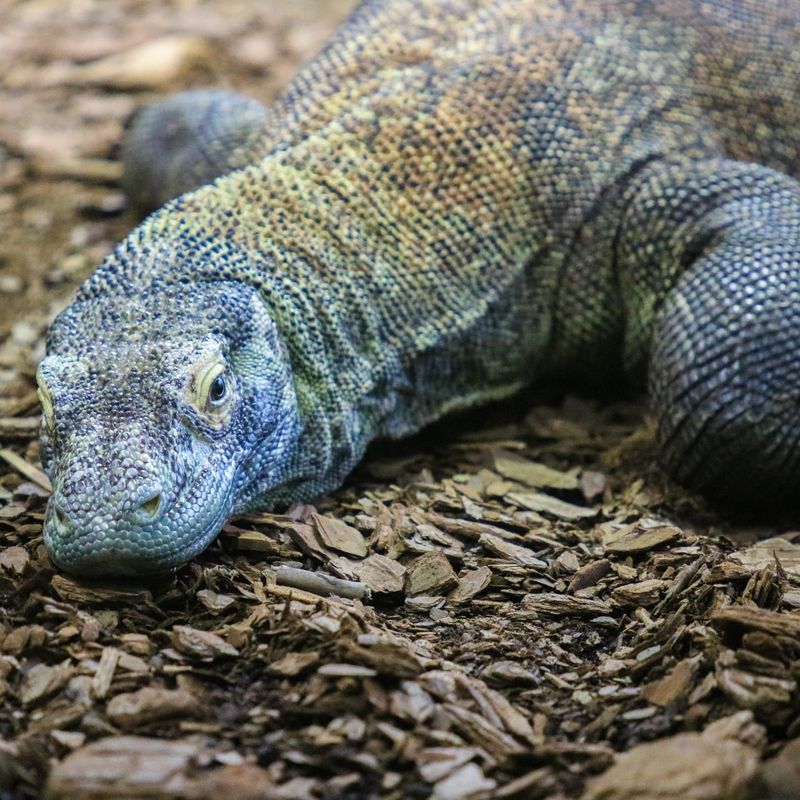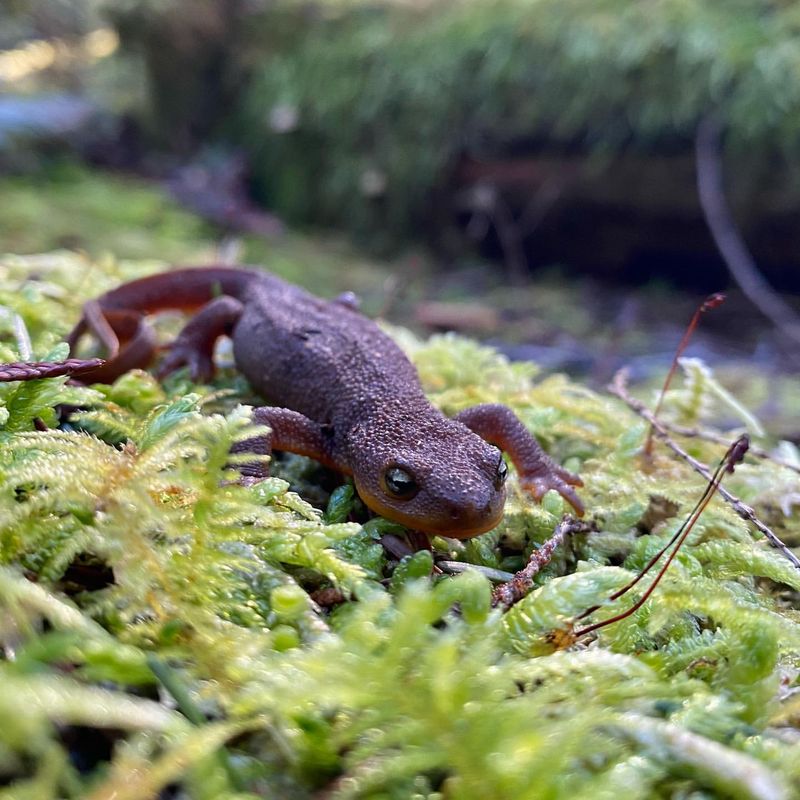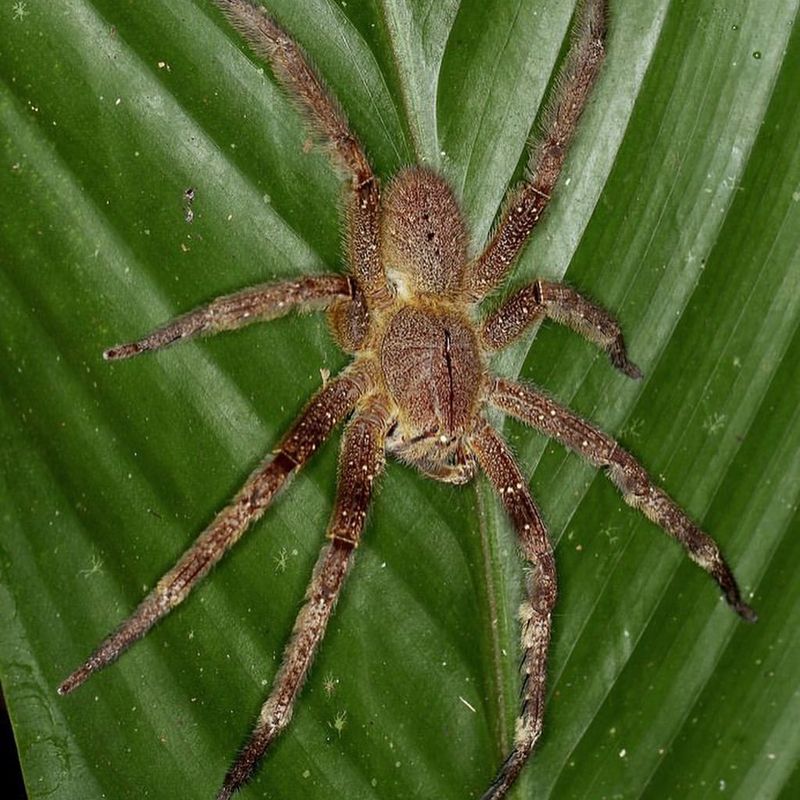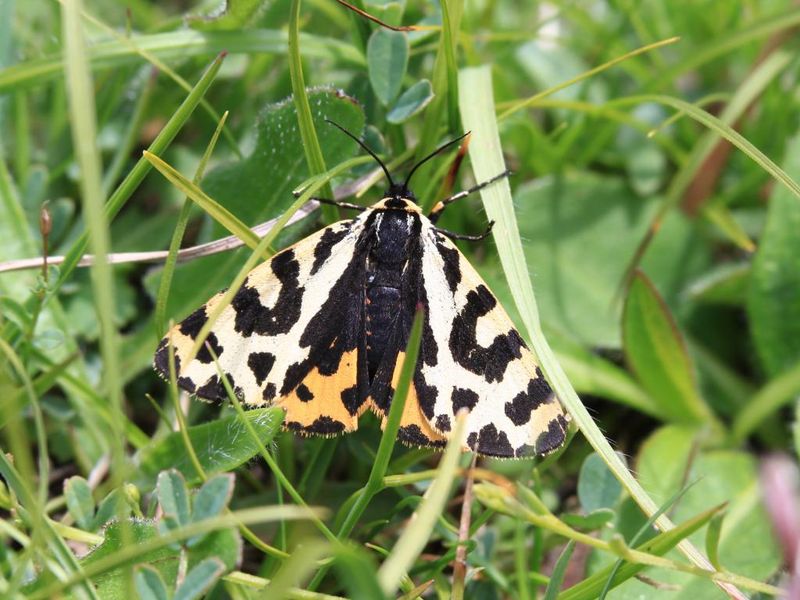📖 Table of Content:
Nature’s most daring diners thrive on meals that would be deadly to others. These incredible animals have evolved unique adaptations allowing them to consume toxic substances without harm. From specialized enzymes to biological resistance, their survival strategies reveal the ingenuity of evolution.
Among these remarkable creatures are amphibians, insects, and even birds that feast on poisonous prey or plants. Their ability to neutralize or bypass toxins showcases the diversity of nature’s problem-solving abilities. Each species offers a fascinating glimpse into the delicate balance between predator and poison.
Check out these 9 animals that turn poison into a feast. Discover the remarkable ways these creatures defy danger and unlock the secrets of toxic diets. It’s a journey through some of the most resilient and surprising members of the animal kingdom.
1. Pufferfish
The pufferfish is a unique marine species known for its defense mechanism of puffing up to appear larger. Found in warm ocean waters, it contains tetrodotoxin, a deadly poison, in its organs. Despite its toxicity, it has predators like sharks who can eat it without any ill effects. This fascinating creature’s survival hinges on its ability to deter threats with its poison.
Moreover, humans consume it as a delicacy called fugu, but only when prepared by skilled chefs. This underwater marvel continues to intrigue scientists and food enthusiasts alike with its deadly allure and surprising vulnerabilities.
2. Poison Dart Frog
Famous for their vivid colors and potent toxins, poison dart frogs inhabit the rainforests of Central and South America. They derive their poison from a diet of ants, mites, and other insects containing toxic alkaloids. The frogs’ striking hues serve as a warning to predators, highlighting their dangerous defense mechanism.
Despite their lethal potential, indigenous tribes have historically used their toxins for hunting. These frogs are a testament to nature’s balance, showcasing how a simple diet can transform an ordinary frog into a formidable defender. Their vivid appearance and toxicity continue to mesmerize researchers and nature lovers.
3. Monarch Butterfly
Renowned for its remarkable migration and distinctive diet, the Monarch butterfly thrives by feeding on milkweed, which contains toxic cardenolides. This makes the butterfly distasteful to predators, providing a crucial defense mechanism. Its vibrant orange and black wings further act as a warning signal, deterring birds and other potential threats.
Monarchs are an iconic symbol of transformation and resilience, captivating the imagination of countless nature enthusiasts. Although their numbers have declined due to habitat loss, conservation efforts aim to preserve these beautiful creatures and their critical role in the ecosystem.
4. Hedgehog
Known for their spiny coats and effective defense mechanisms, hedgehogs are small mammals with surprising resilience. They occasionally prey on venomous snakes, benefiting from a natural resistance to snake venom. This adaptation, combined with their protective spines, allows them to exploit a food source that deters many predators.
Their diet also includes insects, fruits, and roots, showcasing their versatility. These nocturnal foragers are beloved by many for their cute looks and surprising bravery. As hedgehogs face threats from habitat destruction, conservation efforts continue to ensure their survival in the wild and urban environments.
5. Komodo Dragon
The Komodo dragon, native to Indonesia, is the world’s largest lizard and an apex predator in its environment. It has a unique immunity to the venom of its prey, which includes snakes. This immunity allows it to hunt a wide variety of creatures without fear of poisoning. The Komodo dragon’s powerful build and keen senses make it a formidable hunter.
Its ability to consume venomous prey highlights its evolutionary success and adaptability. Often seen as a living dinosaur, this reptile has fascinated scientists and tourists alike. Efforts are ongoing to protect the Komodo dragon and its habitat from human threats.
6. Rough-skinned Newt
Native to the Pacific Northwest of North America, the rough-skinned newt is a small amphibian with a powerful defense mechanism. It secretes tetrodotoxin, a potent neurotoxin that deters predators. Remarkably, certain snakes have evolved resistance to this toxin, driving a fascinating evolutionary arms race between the species.
The newt’s toxin is powerful enough to kill an adult human, yet its predators continue to evolve countermeasures. This dynamic showcases the intricate balance of nature’s survival strategies. The rough-skinned newt’s bright orange belly warns of its toxicity, making it a fascinating subject for scientific study. Conservationists work to protect this species and its habitat from environmental threats.
7. Brazilian Wandering Spider
Often called the “banana spider,” the Brazilian wandering spider is one of the world’s most venomous spiders. Found in South American rainforests, it preys on insects, birds, and small mammals. Despite its own deadly venom, it can tolerate certain toxins in its prey.
This adaptability makes it a successful predator in its diverse ecosystem. Its venom is a topic of medical research, offering potential insights into pain relief and treatments. The spider’s aggressive nature and potent bite make it both feared and respected. Conservation efforts aim to protect its habitat while understanding its role in the ecological balance.
8. African Crested Rat
Native to East Africa, the African crested rat is unique for using plant toxins as a defense. It chews on poisonous bark and applies the toxins onto specialized hairs. This makes it distasteful to predators. Remarkably, the rat does not succumb to these poisons itself. This adaptation allows it to deter threats effectively while navigating its forest habitat.
The African crested rat is a prime example of nature’s ingenuity, utilizing available resources for survival. Researchers continue to study this animal to understand better its resistance to toxins and its ecological role. Its unusual behavior and appearance captivate scientists and animal lovers.
9. Wood Tiger Moth
The wood tiger moth is a vibrant insect found across Europe and Asia. It feeds on toxic plants, incorporating the toxins into its own body as a defense mechanism. Its striking wing patterns and colors serve as a warning to potential predators. This moth’s unique diet allows it to thrive in environments where other species might falter.
Its ability to absorb and utilize plant toxins has made it a subject of extensive research. The wood tiger moth exemplifies the delicate interplay between predator and prey, highlighting the evolutionary arms race in nature. Conservationists work to ensure its continued survival amidst changing landscapes.
